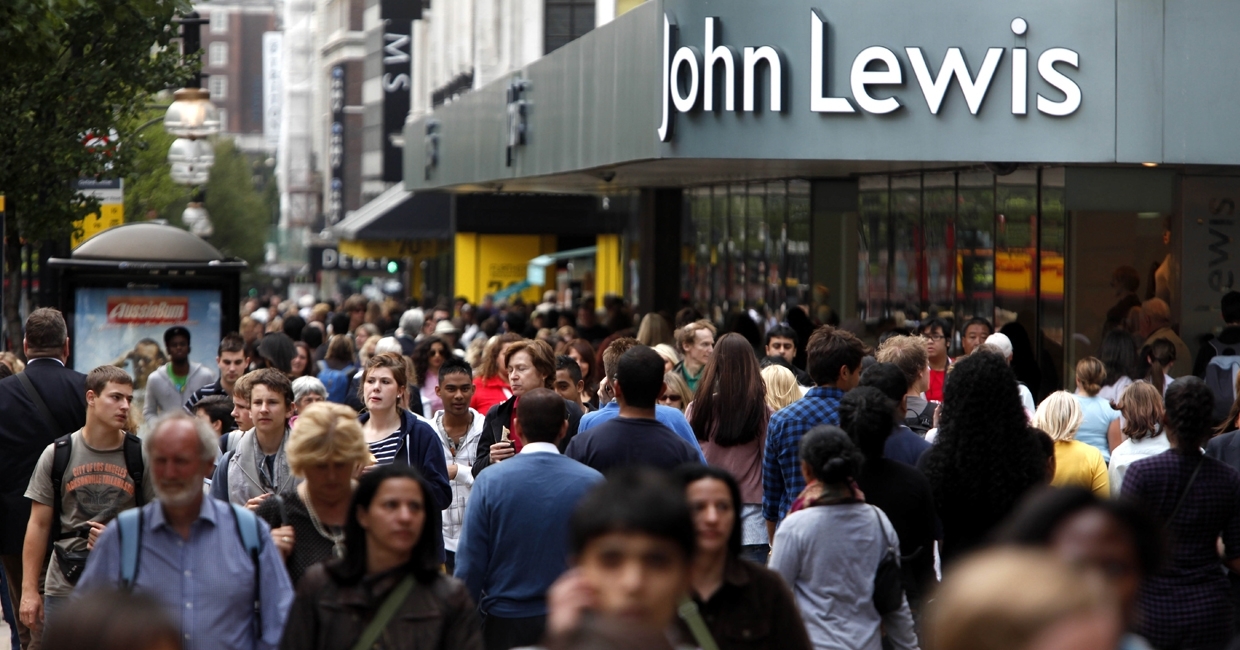Following an extensive strategic review, the John Lewis Partnership has set out its plans to reach £400m profit in five years' time.
In summary, the retailer aims to achieve this through: expansion of digital, virtual and delivery services; new services and partnerships to rebalance business "beyond retail"; a pledge to recruit young people coming out of the care system; and major commitments to cutting waste and achieving net zero carbon status.
According to the partnership, the plan is self-funding and takes into account uncertain trading.
Partnership chairman Sharon White says: “We’ve seen five years of change in the past five months, and Waitrose and John Lewis have responded with great agility. Our plan means the John Lewis Partnership will thrive for the next century, as it has the last.
“We’re adapting successfully to how customers want to shop today, while showing the partnership is improving lives and building a more sustainable future. We’ll share our success with our customers, partners - who own the business - and our communities.”
In a change to its established pricing structures, John Lewis will relaunch its Home range with "more affordable price points" this coming spring, while offering more virtual services like personal styling and home design advice to suit today's tech-enabled shopper (60% of John Lewis' business is already transacted online).
The business also plans to grow in areas that chime with customer demnd, including rental, recycling, savings, insurance, and private rented and social housing.
In a pledge to become more sustainable and ethical, the business is bringing forward its ambition to be net zero carbon by 15 years, to 2035. It also plans to lead the ‘made to last’ movement, doing more to ensure its products will stand the test of time – all product categories will have a ‘buy back’ or ‘take back’ solution by 2025, all key raw materials in its own-brand products will be from sustainable or recycled sources by 2025, and sustainable rental and resale options will be developed for customers.
Backed by "a renewed focus on service and cost savings", the partnership aims to see profits reach £200m in the next two years, and £400m by 2025.
Commitments made in the plan include a pledge that when the partnership expects to reach over £200m profit, it will pay its staff the voluntary Real Living Wage, plus a bonus when profits exceed £150m and its debt ratio falls below 4 x.
The partnership is committing £1b over the five years to accelerating its online business and "transforming" its shops – it aims to save £300m per year by 2022. It aims to realise greater synergies between Waitrose and John Lewis, including making the latter more accessible locally in different formats, building on significant expansion in Click & Collect (John Lewis is set to become a 60-70% online retailer by 2025).
Substantial customer research is under way to inform its new value pledge, which will be announced next year – the 'Never Knowingly Undersold' promise will remain in place until then.
The manifesto consludes with a pledge to create fresh partnerships to reach new customers. After the first phase of improving customer service in its core retail business, the partnership says it is committing £400m to grow in new areas – it is targeting to generate 40% of its profits from new areas by 2030.
Nina Bhatia, executive director of strategy & commercial development at the John Lewis Partnership, concludes: “This is a bold plan to grow our business and get us much closer to our customers. Waitrose and John Lewis are two of the country’s most trusted brands and we’ll offer the best products and customer service on the high street and online.
“We’re creating new inspirational services for customers where strong ethical values and peace of mind matter, like reusing and recycling products, personal savings and rented housing. Our plans will firmly establish Waitrose and John Lewis as the go-to brands for customers that care about quality, value and sustainability.”












